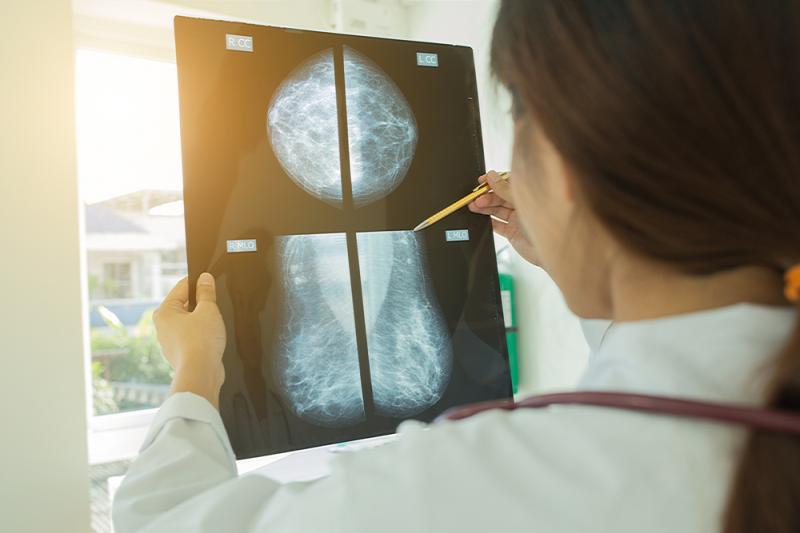
Treatment with the oral combination of 17β-oestradiol and progesterone (E2/P4) in postmenopausal women does not appear to be related to abnormal mammograms, and the incidence of breast tenderness is low as compared with the rates reported in other hormone therapy studies, according to data from the phase III trial REPLENISH.
In the 12-month trial, postmenopausal women aged 40–65 years with moderate to severe vasomotor symptoms and a uterus were randomly assigned to four active daily dose groups of E2/P4 (TX-001HR) or a placebo group.
Researchers performed mammograms at screening (or ≤6 months before first dose) and at study conclusion. They read the images using the BI-RADS classification.
At screening, most mammograms were normal (BI-RADS 1 or 2); only eight (0.4 percent) were not. After a year, 39 (2.9 percent) of the 1,340 study-end mammograms were abnormal (BI-RADS 3 or 4), but the incidence was comparable across the active treatment and placebo groups (1.7–3.7 percent vs 3.1 percent).
Likewise, the difference in the number of women who developed breast cancer in the combined E2/P4 and placebo groups was very minimal (0.36 percent vs 0 percent, respectively).
However, breast tenderness was more frequently reported by women treated with E2/P4 (2.4 percent to 10.8 percent) than by those on placebo (0.7 percent). This event led to study discontinuations in eight women (1.6 percent) across the active treatment group.